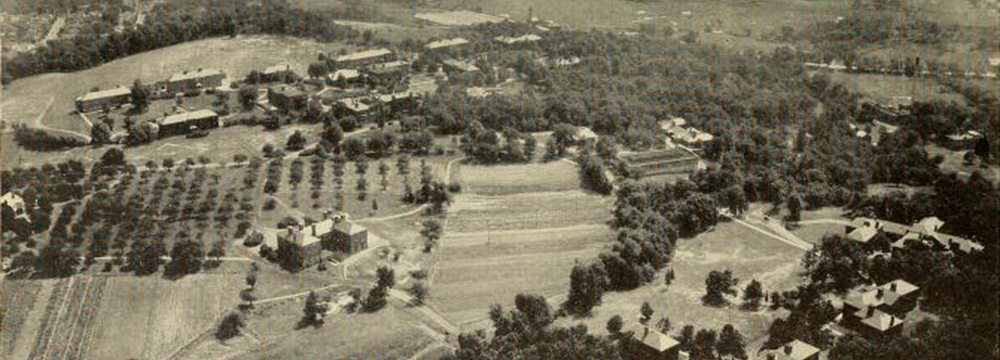In a couple of weeks, and after an absence of three years, I will return to Gann Academy in Waltham, MA to teach American history. I am jumping into a brand new course that is focused specifically on the history of disability in America. Sound strange? Let me explain.
Over the past few years the American history course has been transformed owing to the school’s location adjacent to the Fernald School, which is the oldest publicly funded institution serving people with developmental disabilities. The school was founded in South Boston by Samuel Gridley Howe in 1848 before moving to Waltham in the 1880s under the direction of Walter E. Fernald. The school was finally closed in 2014.
Last year the junior class used the history of Fernald to develop a museum exhibit on the history of disability in America that opened to the public back in June at the Charles River Museum of Industry & Innovation. The exhibit received a great deal of media attention (and here).
Where do you go from here?
One of the questions that the city of Waltham, preservationists, and various other interest groups are grappling with is what to do with the buildings and property at Fernald. This is valuable property that could be used to build condominiums and/or other commercial projects. At the museum opening in June the mayor of Waltham expressed her hope that part of the property might be preserved to tell the story of Fernald as well as the broader history of disability in America.
This is where I enter the story.
Having visited a couple of classes at the end of the school year as well as the museum exhibit opening, I came to appreciate the extent to which students identified both with the Fernald story and their strong belief that the broader story of disability is important and deserves to be shared with the public.
However, the larger question of what, if anything, should happen to the Fernald School itself was largely ignored. This coming school year that question will take center stage. Students will study the history of the Fernald School and explore how it fits into the broader trajectory of American history in preparation to answer the central question of the course:
Is the Fernald School worth preserving and interpreting?
The overall project will be for students to come up with a proposal for the buildings and grounds to be presented to the city council as well as develop exhibits to guide potential visitors. In preparation for this work students will visit historic sites in the Boston area to talk with public historians about the challenges of interpreting controversial places and bringing stories that have been overlooked or intentionally ignored to the public.
One of the units that my colleagues and I are developing is on historical roadside markers. After surveying a number of examples, including controversial signage such as those marking the murder of Emmett Till, we will ask students to develop their own roadside marker for Fernald. They will also be asked to develop interpretive markers and other signage that might be displayed on the grounds as well as various digital resources, such as interviews with former employees and patients, that visitors can download to accompany them on a visit.
I envision a weekend at the end of the school year where Fernald is opened to the public and students are present to share their work.
These are just a few ideas that students might adopt. Of course, they will need to think through for themselves about how best to approach the many questions related to interpreting this particular site.
Needless to say, this is a huge challenge and I would be lying if I didn’t admit to being just a little nervous, but I am equally excited about this approach to teaching American history. I have always believed that the most effective way to connect students to the past is by bringing them to historic sites and allowing them to make their own personal connections.
I am very much looking forward to following how exposure to an important historic site over the course of a school year – one that has remained largely unknown – influences how students see and understand the past.
I am incredibly lucky to be working alongside two passionate and talented history educators, including Alex Green, who is our resident expert and who has written extensively about the Fernald School. Both have already taught me a great deal about Fernald and the history of disability in America.
That’s about it for now. I hope this gives you a better sense of what I will be up to you this coming school year. Let me know what you think in the comments below and expect that I will share updates as we move forward.

Hey, and I attended a wedding at the Charles River Museum, last year. Its an interesting site.
Interesting post. I interviewed for a job at Fernald decades ago. It was pretty grim looking as I recall
I love the concept of the class. If you have time it might be of value to explore the world of grant writing. Practically all of us who work in the field must look for funding beyond our institution. When I walk my students through the grant process they are shocked at how challenging and competitive it is to be awarded funding. Best of luck. Sounds great!
Hi Jen. It’s a great idea, but I wonder if we will have time to fit in the curriculum. Thanks.